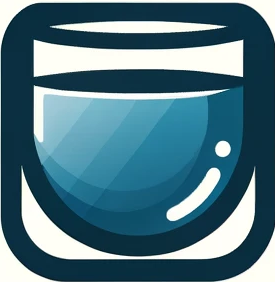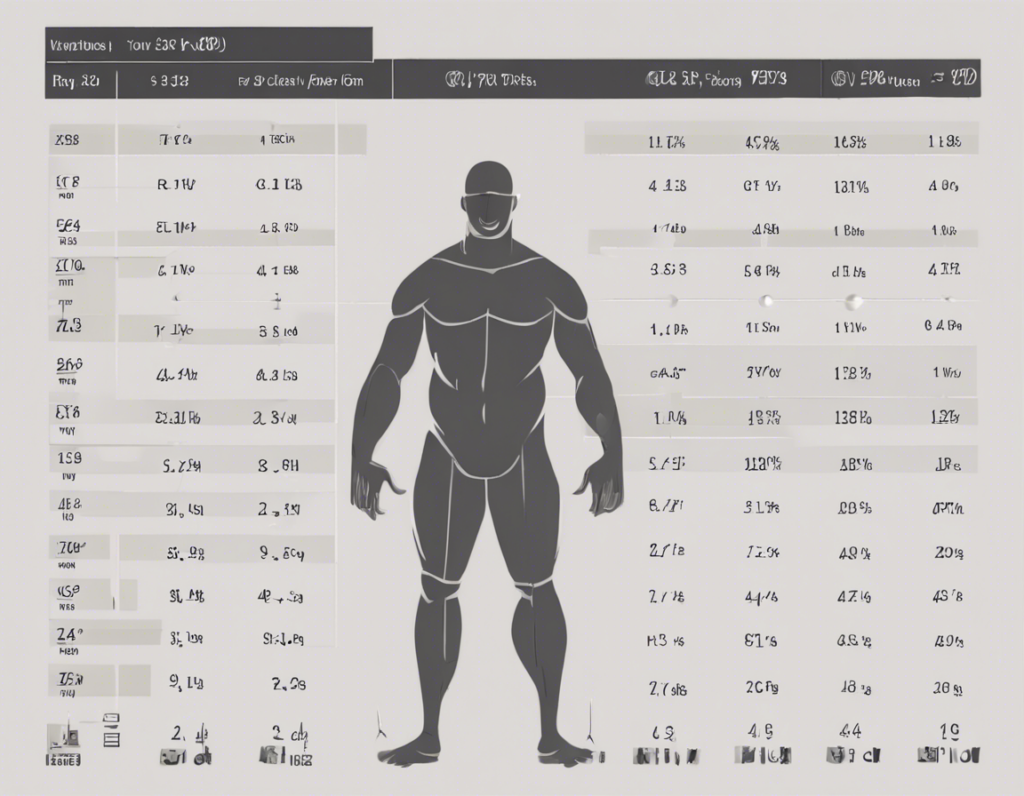When it comes to shopping for clothes online, one of the biggest challenges often faced by consumers is finding the perfect fit. With every brand having its own sizing chart and variations in body shapes and proportions, it can be a daunting task to get the right size without trying the garment on. This comprehensive guide aims to demystify the sizing confusion and help you find your perfect fit with ease.
Understanding Size Charts
Before we delve into the specifics of size charts, it’s essential to understand a few key terms that are commonly used:
- Bust: Measure around the fullest part of your chest, keeping the tape level under your arms and across your shoulder blades.
- Waist: Measure around your natural waistline, keeping the tape comfortably loose.
- Hips: Measure around the fullest part of your hips, ensuring the tape is straight and parallel to the floor.
How to Measure Yourself
To ensure accurate sizing, it’s crucial to measure yourself correctly. Here’s a step-by-step guide:
- Bust: Measure around the fullest part of your bust.
- Waist: Measure around your natural waistline.
- Hips: Measure around the fullest part of your hips.
Decoding Size Charts
Different brands may have slightly different interpretations of sizes. Here are a few general guidelines to help you navigate size charts effectively:
- If you fall between two sizes, it’s usually best to size up for a more comfortable fit.
- Pay attention to the specific measurements provided in the size chart rather than just the size numbers.
- Take into account the fabric of the garment – stretchy materials may have more give.
Women’s Sizing Guide
Women’s clothing sizes can vary significantly across brands. Here’s a basic sizing chart to help you get started:
Tops
- Small: Bust 32-34″, Waist 24-26″, Hips 34-36″
- Medium: Bust 34-36″, Waist 26-28″, Hips 36-38″
- Large: Bust 36-38″, Waist 28-30″, Hips 38-40″
Bottoms
- Small: Waist 25-27″, Hips 35-37″
- Medium: Waist 27-29″, Hips 37-39″
- Large: Waist 29-31″, Hips 39-41″
Men’s Sizing Guide
Men’s clothing sizes are usually more straightforward, but variations still exist. Here’s a basic sizing chart for men:
Tops
- Small: Chest 34-36″, Waist 28-30″
- Medium: Chest 38-40″, Waist 32-34″
- Large: Chest 42-44″, Waist 36-38″
Bottoms
- Small: Waist 28-30″, Hips 34-36″
- Medium: Waist 32-34″, Hips 36-38″
- Large: Waist 36-38″, Hips 38-40″
Unisex and Children’s Sizing
Unisex sizing can be trickier due to varying fits. Children’s sizes, on the other hand, often rely on age ranges. When in doubt, refer to specific measurements provided by the brand.
Frequently Asked Questions (FAQs)
1. How do I know my size if I’m between two sizes?
- If you find yourself between two sizes, it’s generally recommended to size up for a more comfortable fit, especially if the garment is non-stretchy.
2. Can I rely solely on the size indicated on the garment?
- It’s best to refer to the brand’s specific size chart and your measurements to ensure a proper fit, as sizes can vary greatly between brands.
3. What if I don’t have a measuring tape?
- In the absence of a measuring tape, you can use a piece of string to measure yourself and then compare it to a ruler for accurate measurements.
4. Why do sizes vary so much between brands?
- Sizing can vary due to differing target demographics, fit preferences, and even manufacturing processes. It’s essential to refer to each brand’s specific size chart for accuracy.
5. Should I consider my height when determining clothing size?
- While some brands offer tall or petite sizes, the primary measurements to consider are your bust, waist, and hips for tops and bottoms.
Finding the perfect fit can significantly enhance your online shopping experience, making returns and exchanges less frequent. By understanding and adequately utilizing size charts, you can shop confidently and effortlessly from the comfort of your home. Remember, measure twice, order once for a stress-free shopping experience!

